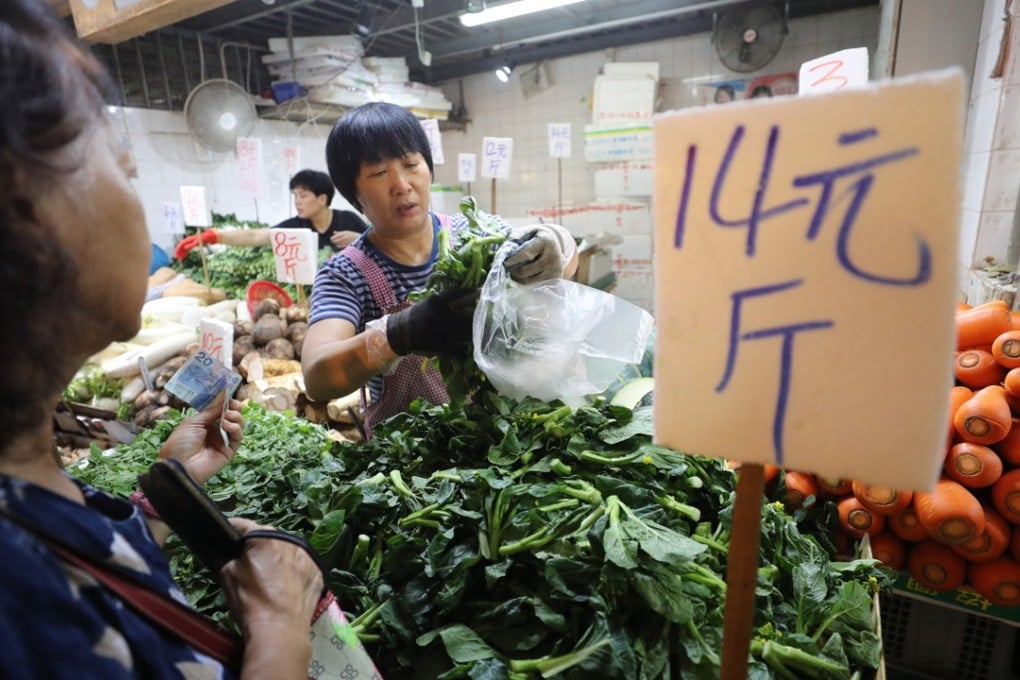How much does a typhoon cost? US$627 million a day, or two-thirds of Hong Kong’s daily GDP, gets blown away in a signal No 8 storm
Container ships are being diverted and some Hongkongers are skipping dropping off their laundry. But tree removal businesses are gearing up to make money from Mangkhut

Hong Kong businesses – from some of the world’s largest shipping lines to small vendors in the wet markets – scrambled on Thursday to try and minimise the financial punch that Super Typhoon Mangkhut was threatening to deliver.
A typhoon triggering a No 8 signal on Hong Kong’s warning scale can carry huge total losses to the city – about US$627 million a day, according to a report by Swiss Re Institute. That is about 67 per cent of the city’s daily GDP, the research arm of the insurer said. And many of the losses are not insured.
When a typhoon rumbles over Hong Kong, wind and rain batter shops, shatter windows and disrupt businesses, from fish sellers in the wet markets to some of the world’s largest conglomerates.
A city known for its long breakneck pace suddenly sees its streets near empty, as workers stay put and shops are boarded up.
The hardest-hit sectors tend to be construction, retail, financial and insurance businesses, real estate services, and transport.
One leading insurer in the city, Haywood Cheung, chairman of Target Insurance, is predicting claims of just shy of HK$1 billion (US$127 million). That is ahead of the destruction wrought in August last year by Typhoon Hato (US$110 million in payments).